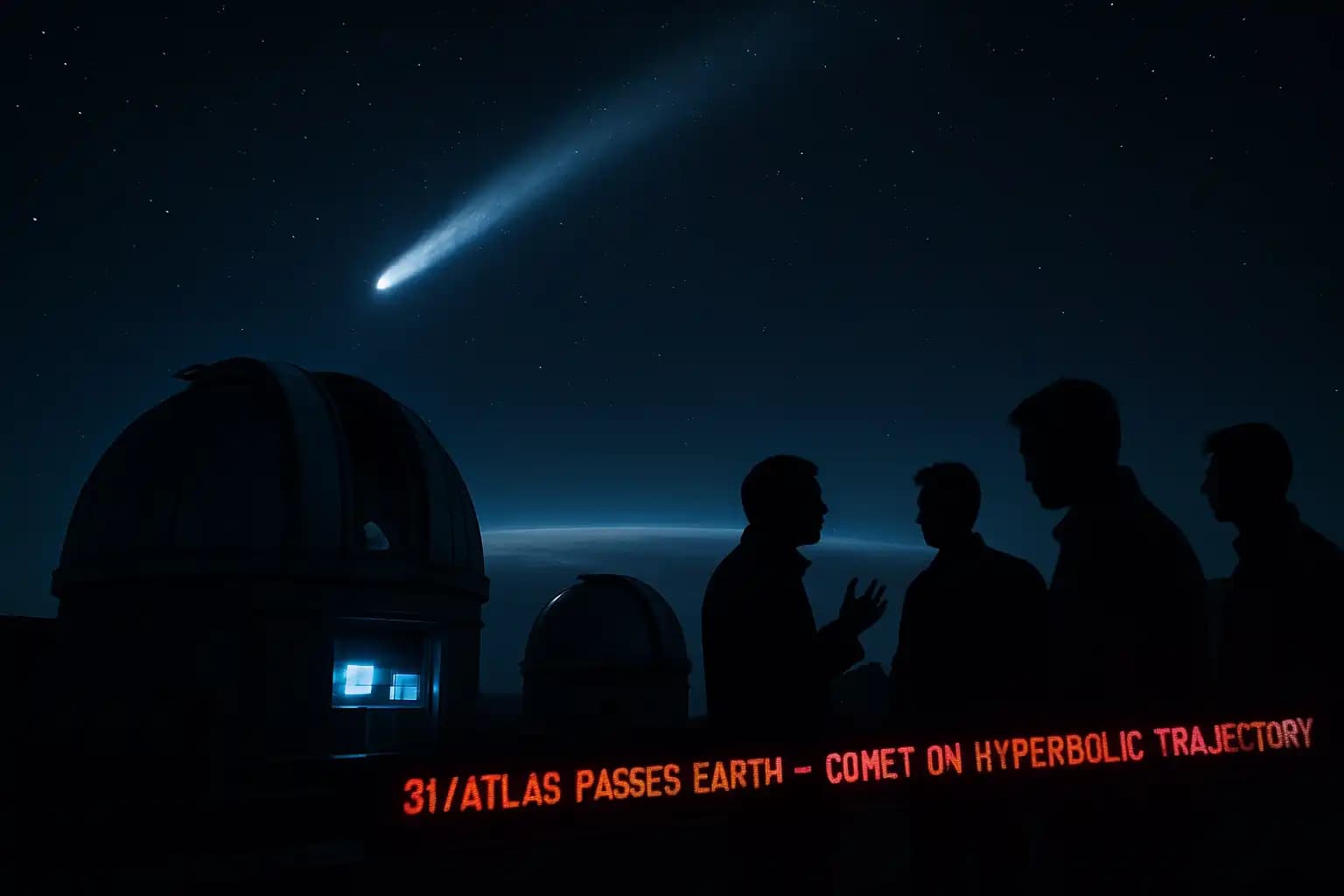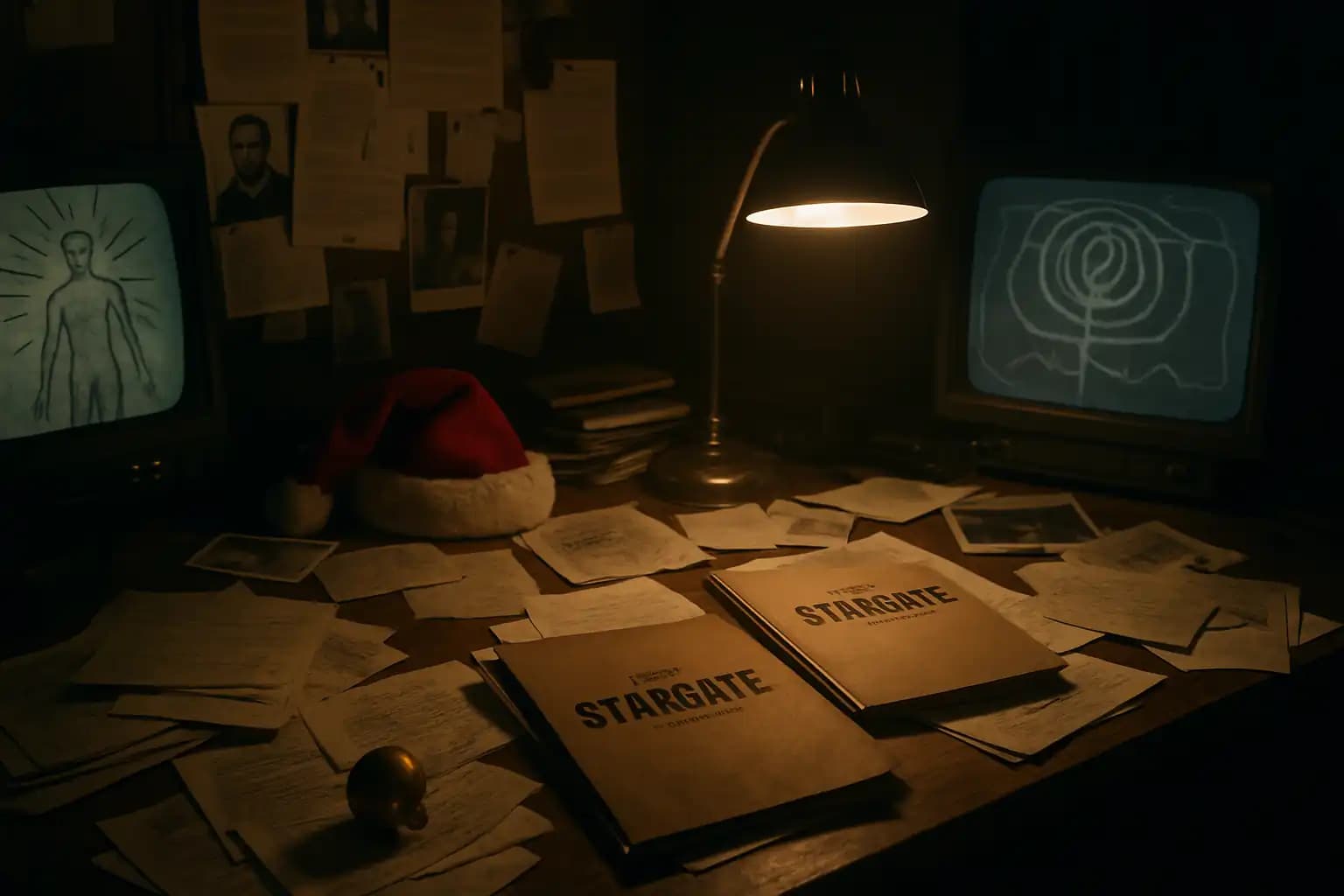When comet 3I/ATLAS entered public awareness, online rumors erupted: Was it an alien probe, a government psyop, or merely clickbait for a skeptical generation? The reality is simpler—and more compelling—than fiction. Detailed tracking, open data, and constant scrutiny by global astronomers confirm that 3I/ATLAS is a natural, interstellar comet—not a pawn in elite manipulation.
How 3I/ATLAS Became a Magnet for Psyop Claims
The internet’s conspiracy machine accelerated in July 2025 after the ATLAS telescope in Chile spotted the hyperbolic visitor, now known as 3I/ATLAS. Theories recklessly accused the US government, NASA, and unspecified secretive groups of using the comet for distraction or social control. However, as DefenseScoop reports, NASA and the European Space Agency dismissed any psyop claims. Both agencies assert that 3I/ATLAS is a rare yet natural comet, despite its backdrop of digital rumors. While national security experts monitored the interstellar visitor, they focused on routine planetary defense, not covert disinformation. This issue mirrors modern reporting on UAPs and secret programs, where public perception frequently outpaces careful scientific analysis.
This phenomenon recalls past controversies and myth-busting, spanning from ancient astronomical signs to today’s media fueled by sensationalism—patterns examined in forensic history investigations and studies of feedback loops in anomalous research.
Media, Aliens, and the Wild West of Public Narrative
Headlines in 2025 exploded with curiosity: Could 3I/ATLAS be an alien artifact, as suggested by Harvard’s Avi Loeb? Influential programs and personalities highlighted unusual chemistry, orbit, and government secrecy, as The New York Times detailed in its science feature. Loeb’s provocative questions ignited speculation—did NASA withhold imagery or sanitize public data? Claims proliferated, yet professional astronomers consistently returned to the facts: 3I/ATLAS follows a classic interstellar trajectory. Comprehensive observations from numerous observatories and validation by the Minor Planet Center cemented its identity as a comet, not a vessel. Media’s fascination with enigma perpetuates a conflict between evidence and anecdote, a dynamic chronicled in this in-depth look at alignments and skepticism and investigations unveiling why specific stories gain traction online.
These media trends reflect how crises—from celestial phenomena to nuclear anxieties—generate both legitimate alarm and rampant exaggeration (see examples of technological risks for recent cases).
The Science: Open Data, Sky Surveys, and Peer Review
How do we know 3I/ATLAS isn’t merely a psyop? Its discovery and all significant observations are transparent and global. The Minor Planet Center and the international community gathered over 120 observations from telescopes in July 2025 alone. Teams from Hawaii, Chile, Spain, Australia, and many others recorded photometry, spectra, and astrometry, with detailed analysis available at major peer-reviewed platforms. The James Webb Space Telescope and other missions documented the comet’s gas and dust emissions, including strong levels of CO2, water vapor, and nickel—unusual for a comet, but not indicative of technology. Real-time public initiatives, like the International Asteroid Warning Network’s drill, demonstrated that so-called “secret” monitoring was actually crowd-sourced and transparent, as detailed in DefenseScoop’s report.
The comet’s hyperbolic trajectory indicates it is undeniably interstellar; its closest approach will be over 170 million miles from Earth. There’s no engineered menace, no impending collision—just a rare opportunity to observe interstellar chemistry firsthand.
What It Means: Debunking, Panic, and the Danger of Bad Information
The whirlwind of 3I/ATLAS conspiracy illustrates a classic case of twenty-first-century panic cycles. The truth, revealed through open data and strict peer review, remains more mundane—and more miraculous—than the stories swirling online. Agencies like NASA and ESA have tirelessly countered outlandish claims, while communication among planetary defense professionals emphasized learning, not secrecy. Occasionally, peculiarities like a missing gas tail or rare elements attract excessive scrutiny, but peer review ultimately prevails. Similar to past public anxieties about comets and nuclear threats (see this nuclear report), panic and viral misinformation consistently outpace slow-moving, public-facing science.
For a comprehensive guide to filtering truth from fiction—across astronomy, technological fears, and geopolitics—bookmark Unexplained.co. Our cosmic visitors may be infrequent, but misinformation is always rampant.




